Alfred Yarbus commenced his studies at Moscow State University in 1936 and graduated in 1941, after which he worked as a factory engineer in Moscow.
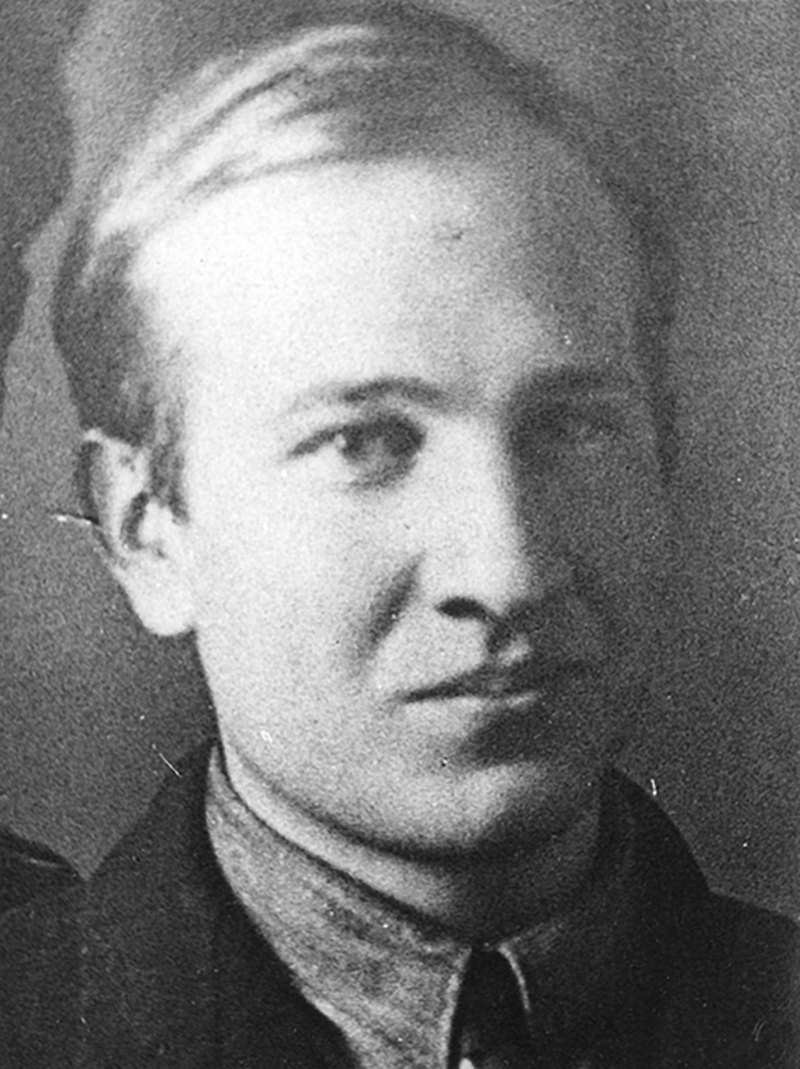
Alfred Yarbus – as a student at Moscow University
Between 1942 and 1946 he was in military service, initially in Karelia and then on the Japanese front in the Far East.
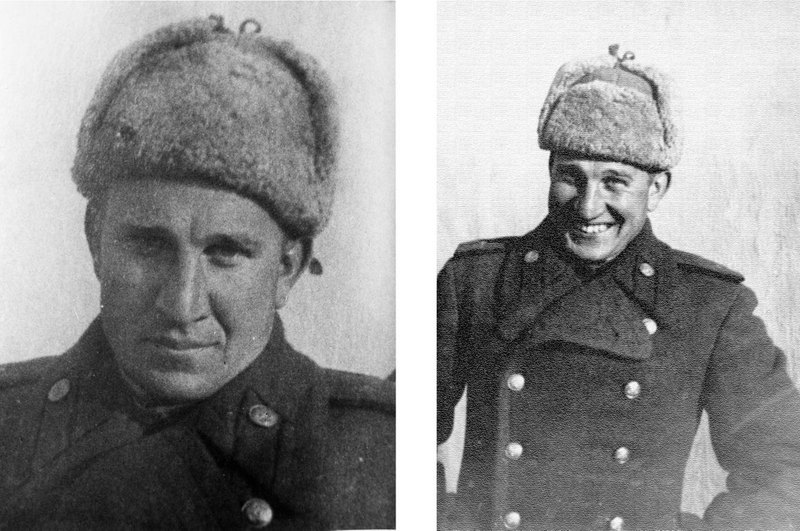
Two faces of war: Alfred Yarbus in military uniform
After the war he carried out research at the Institute of Crystallography in Moscow for one year whereupon he became a doctoral student at the Psychology Department of the Institute of Philosophy; his supervisor was the psychologist and physiologist Sergei V. Kravkov (1893-1951). In 1950 Kravkov published The eye and its work (in Russian) and a monograph on colour vision in the next year. He published numerous articles on adaptation and the impact of non-visual factors (sounds, odours, drugs, electric current, starvation, hyperventilation of lungs, etc.) on visual acuity. During the war, Kravkov and his collaborators studied the effects of exposure to searchlights and snow reflection on soldiers’ vision. He was also head of research groups on sensory physiology at the Moscow Helmholtz Research Institute of Eye Diseases (1936-1951) and at the Institute of Psychology (Academy of Pedagogical Sciences of the USSR, 1931-1951).
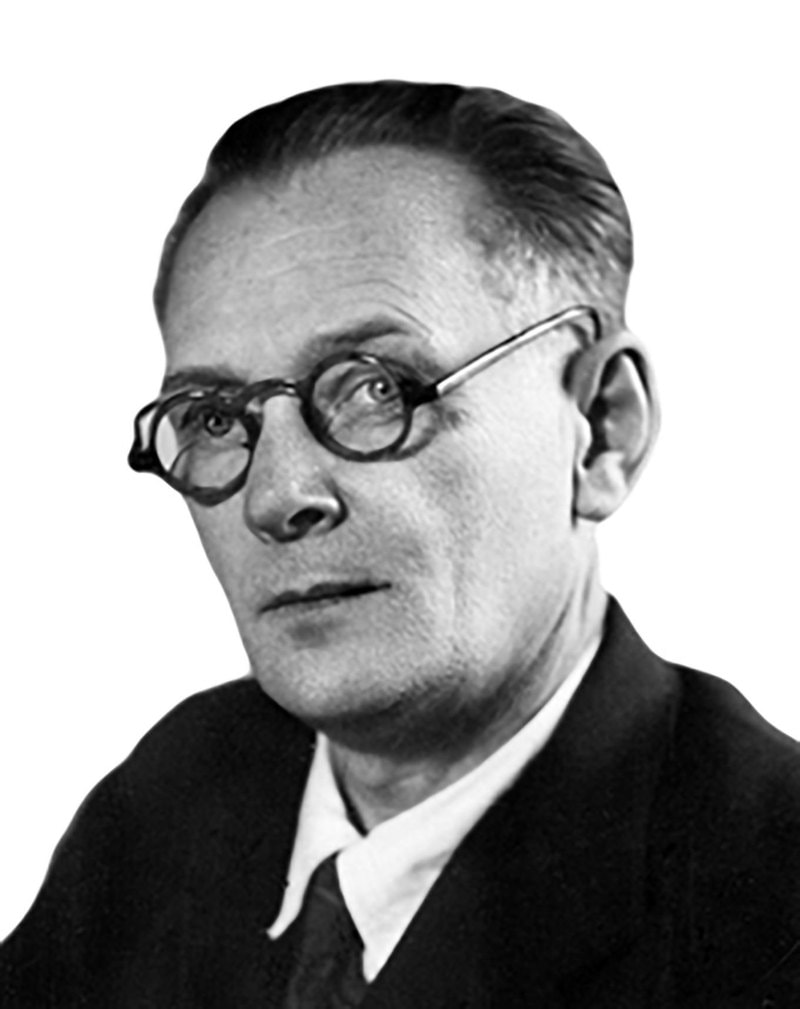
Sergei Vasilyevich Kravkov
After Kravkov’s death in 1951, Yarbus continued his scientific research at the Institute of Biological Physics (Academy of Sciences of the USSR) in the laboratory for Biophysics of Vision. At that time, the laboratory was headed by G. K. Gurtovoy (1915- 2004) but he left it soon after. Nikolay Dmitrievich Nyberg (1899-1967) who became the next head of the laboratory presided over the golden age of investigations in the laboratory. Nyberg headed the laboratory from 1954 until his death in 1967. He was a man of great erudition, a school friend of the famous mathematician A.N. Kolmogorov.
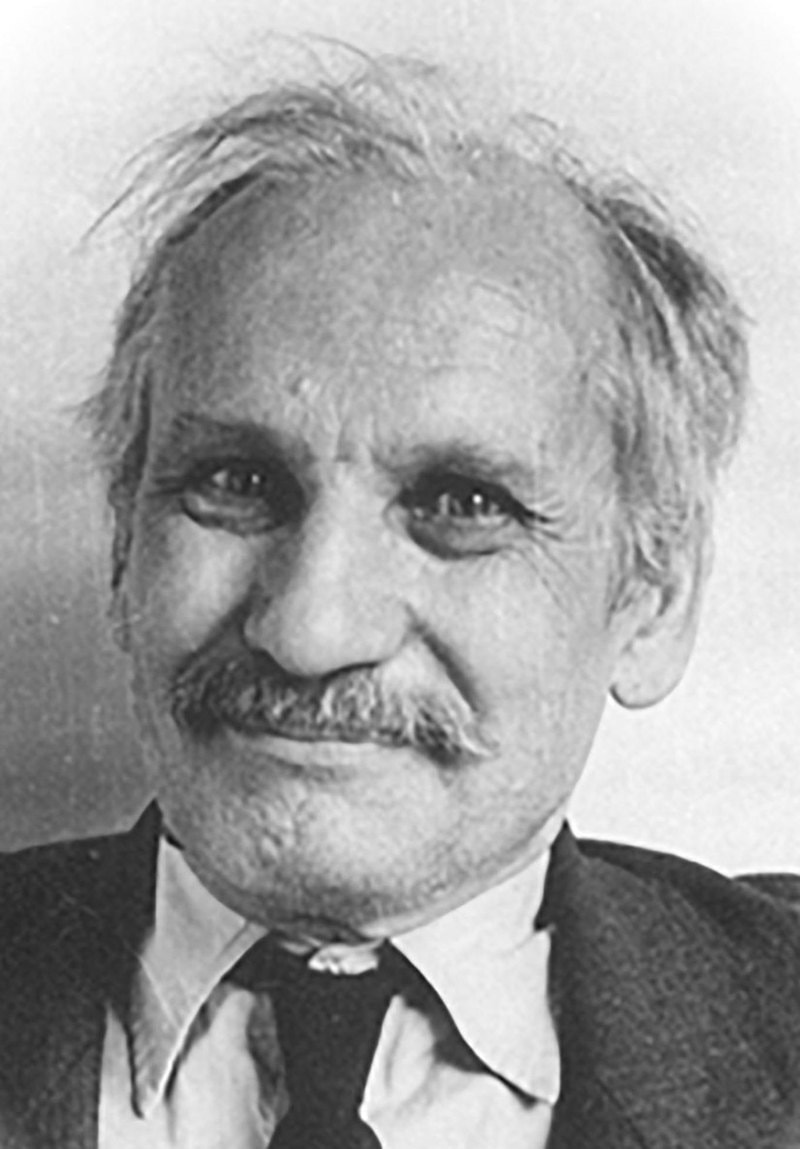
Nikolay Dmitrievich Nyberg
Being a specialist in colour perception, Nyberg appreciated all theoretical and practical problems much more profoundly than his younger colleagues. Due to this age difference, it was often difficult for Nyberg to discuss something on an equal footing with his opponents. Sometimes, he lost his temper and used his walking stick as an additional argument. However, nobody was offended by him because he had unquestionable authority and was very fascinating, keen and kind in everyday life. Nyberg devoted all his life to solving the fundamental problems of colour vision and colour reproduction. He received worldwide recognition for his investigations of a colour solid — a notion introduced by a German scientist R. Luther to describe three-dimensional human colour vision system (1927). Following Luther’s publication, Nyberg established geometrical properties of the colour solid, defining its shape and borders in colour space. He published his findings simultaneously in Russian and in German scientific journals. Nyberg’s most significant contribution to the development of colour-solid theory now bears his name along with Luther’s and is known as Luther-Nyberg colour solid.
The topic of Yarbus’s PhD dissertation was geometrical illusions; he had been publishing the results of his research from 1948 to 1952 (papers 1-3 and 8 in the list of Yarbus’s publications). He investigated visual perception of sizes and distances in the presence of adjacent confusing elements (e.g. configurations of Müller-Lyer and Ebbinghaus, diagonals in the parallelogram, equal segments imposed on the perspective lines, etc.). Yarbus concluded that the cognitive factors and form/size constancy mechanisms made a significant contribution to the development of geometrical illusions. It is likely that Yarbus’s investigation of geometrical illusions was stimulated by some earlier studies by Alexander Luria (1902-1977) who was one of the Russian leaders in psychology at that time. Now Luria is known around the world as a founder of a new direction in the psychological science — neuropsychology — and the author of many books translated into several languages. However, the history of his research works concerning visual illusions is somewhat dramatic. In the 1930s, trying to clarify the role of visual experience in the development of some geometrical illusions, Luria undertook several expeditions to remote villages in Central Asia (Uzbekistan). His intention was to explore mental processes of people from different cultural backgrounds. The findings were highly praised by Lev Vygotsky (1896 – 1932), Luria’s professor and adviser, but they got cool reception from science policy officials. Luria was heavily criticized for his remark that “Uzbek people do not have illusions.” The officials suspected anti-Soviet content in this phrase despite the fact that Luria emphasized the peculiarities of optical illusions for barely literate people. His Central Asian research was suspended and ignored for many years. Luria only managed to summarize these findings in 1974 in his book The historical development of cognitive processes. The direct cooperation between Yarbus and Luria took place later – in the 1960s. Their joint research concerned impairment of visual perception and eye movements in patients with neuropathology. Luria and his colleagues published 3 papers in co-authorship with Yarbus.
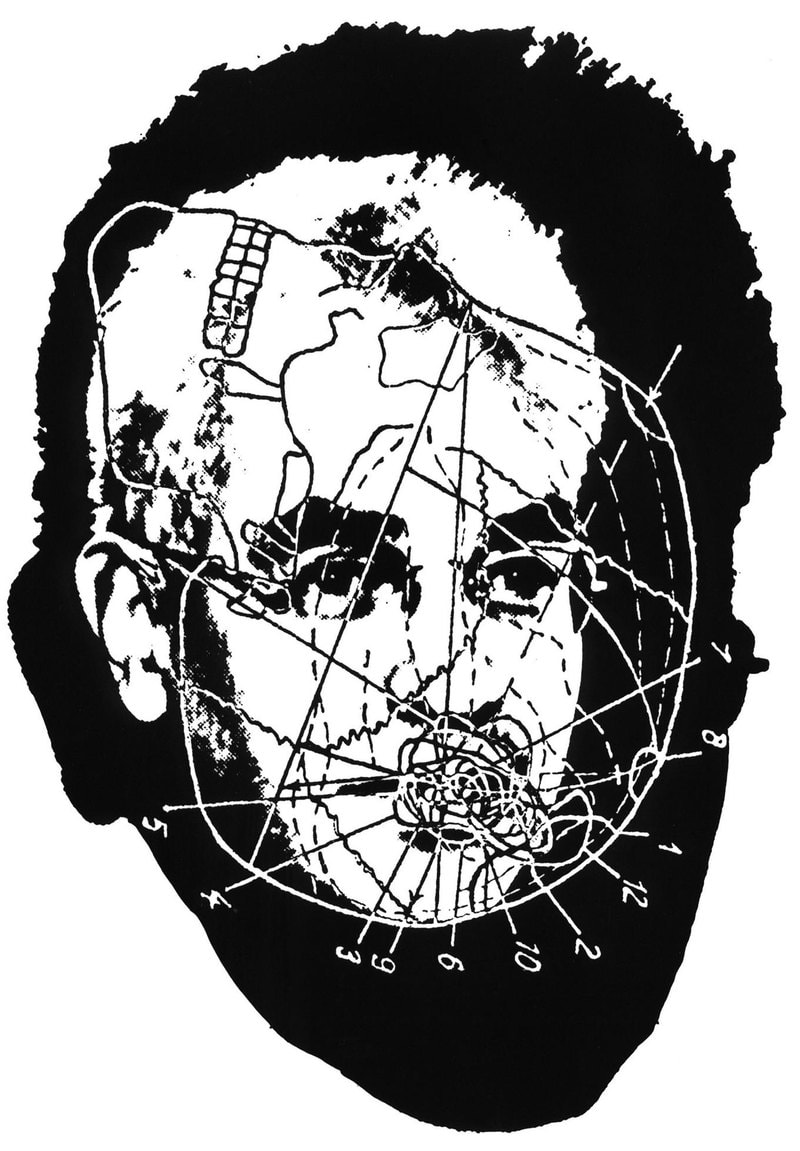
Neuropsychologist by Nicholas Wade
Yarbus received his doctorate in psychology in 1950, after which he carried out research at the Institute of Biophysics (1950-1963) and became a senior scientist at the Institute for Information Transmission Problems at the Academy of Sciences of the USSR (1963-1986). He started research work in visual perception soon after the end of his military service and completed his first significant investigation under the supervision of Professor Kravkov. During Nyberg’s leadership, Yarbus carried out his main research on eye movements and their role in vision. His innovative eye-tracking recording technique was successfully accomplished due to technical support of excellent laboratory mechanical engineers V. Chernyshov and V. Drozdov. In fact, the original idea to use a suction cap for the purposes of eye movement tracking belonged to Vadim Chernyshov, who made the very first rubber device. Later, Yarbus devised the more practical metal caps and proposed many modifications suitable for specific purposes. After V.Chernyshov had accepted a job offer at the Moscow State University, Yarbus fulfilled his ideas mostly in cooperation with V.Drozdov. At the beginning of the 1950s, beside Nyberg and Yarbus, two engineers and two assistants, there was only a small group of researchers in the laboratory: G. A. Mazokhin-Porshnyakov, L. P. Kuznetsova (Galochkina), I. A. Knorre (Utina), O. Yu. Orlov. Most of them were in the early stage of their research careers.
In 1957 the laboratory staff increased incorporating a specialist in sensory neurophysiology Alexey L. Byzov (1926-1998) and an electronic engineer, designer of many original devices for the neurophysiological research K.V. Golubtsov. In the Soviet Union, Byzov was one of the leaders in the field of electrophysiology of the vertebrate retina, particularly in intracellular and extracellular recording of the retinal unit responses. The author of numerous articles and a monograph Electrophysiological Study of the Retina (1966), Byzov also served on the Editorial Board of Vision Research for many years.
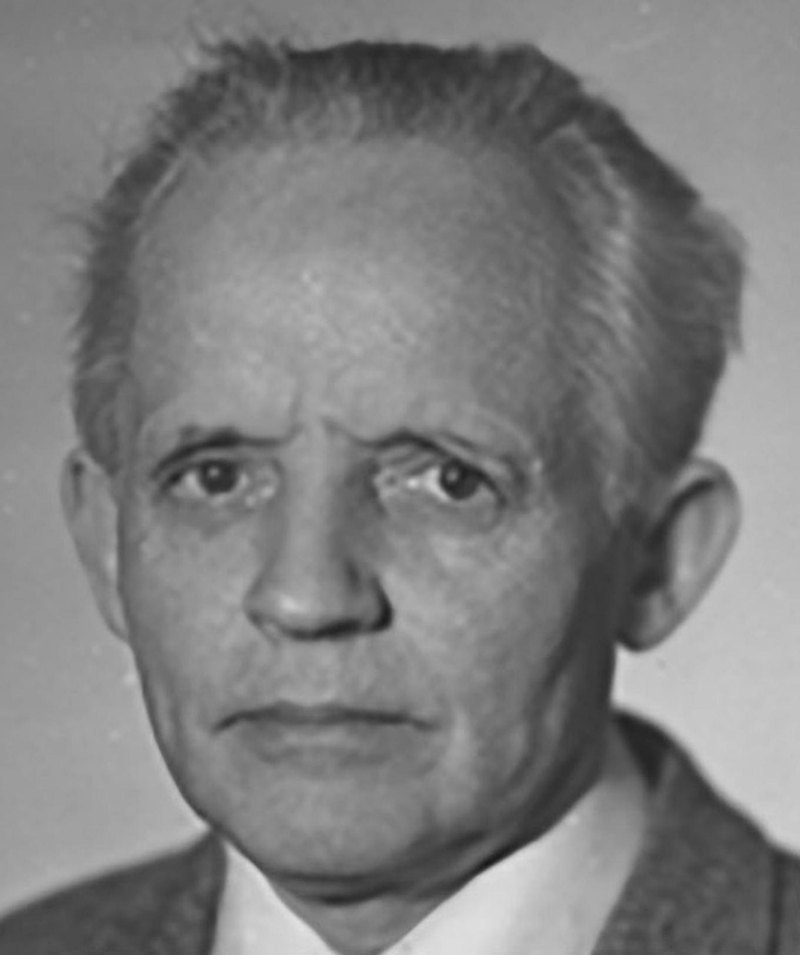
Alexey Byzov
During the 1960s, Yarbus enjoyed a very productive period of his academic career marked by several accomplishments. In 1964 he received his second PhD in biology for invention of micro suction caps for eye movement registration. In 1965 he published his landmark book Eye movements and vision (1965), which appeared in English translation in 1967.
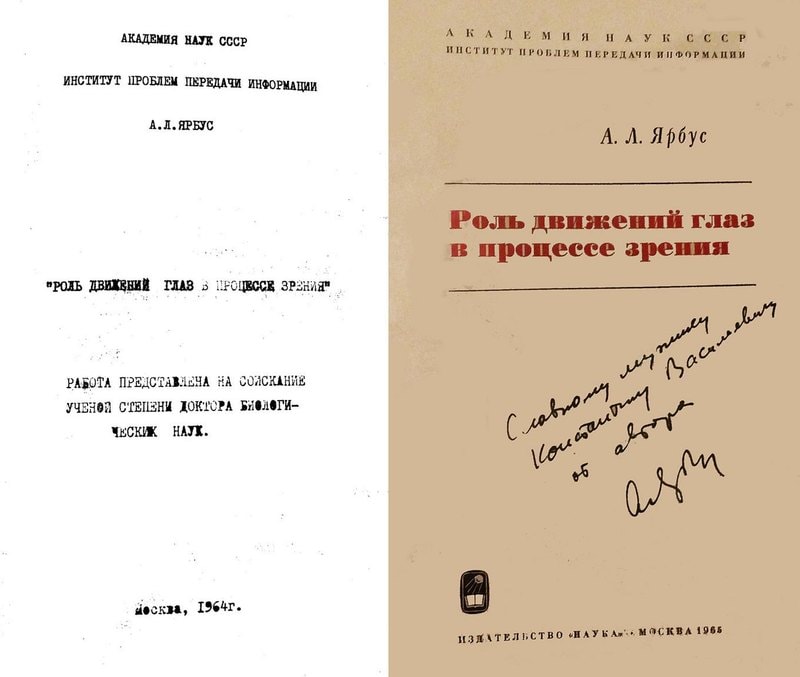
The title page of the typescript of Yarbus’s second PhD thesis and a signed title page of his book.